Shoulder Eval (special tests...)
5.0(2)
Card Sorting
1/22
Earn XP
Study Analytics
Name | Mastery | Learn | Test | Matching | Spaced |
|---|
No study sessions yet.
23 Terms
1
New cards
Tests for AC Seperation
piano key sign, inward pressure
2
New cards
piano key sign test
push on the distal end of the clavicle where it meets the acromion, positive is clavicle movement(like a piano key!)
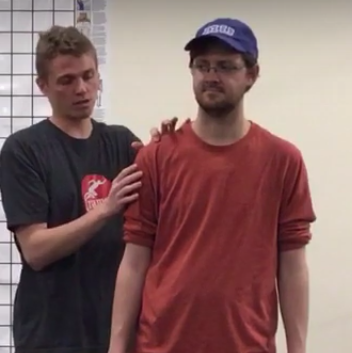
3
New cards
Inward pressure test
Hands on superior border of scapula and the clavicle and squeeze your hands together, positive sign is complaint of pain
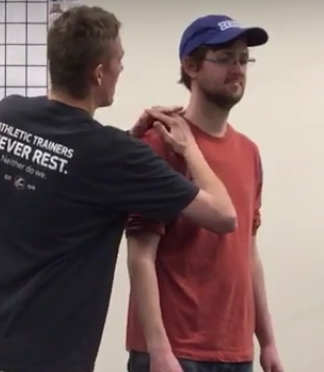
4
New cards
Tests for Impingement Syndrome
Hawkins-Kennedy test, Forced flexion test(yocum test)
5
New cards
Impingement Syndrome
In the subacromial space, the supraspinatus muscle tendon, the subdeltoid, and the subacromial bursa can get pinched since there’s space between the humerus and the scapula (correct me if I’m wrong)
6
New cards
Hawkins-Kennedy test
arm to flexion, parallel to ground, internal rotate, positive sign is pain
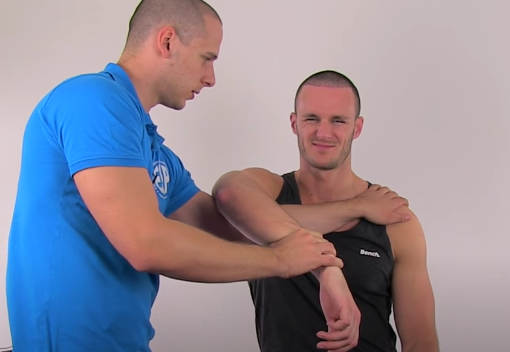
7
New cards
Forced flexion test(yocum test)
Injured arm on opposite shoulder, press elbow up(like smelling the elbow pit) ,positive sign is pain
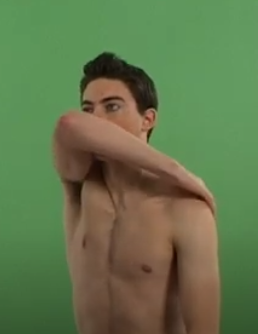
8
New cards
Tests for Biceps Tendon subluxation
Yergason’s Test (Internal Rotation), Speed’s Test
9
New cards
Biceps tendon subluxation
The biceps tendon lives in the intertubercular groove and subluxation is when it comes out the groove (the picture is how it SHOULD be)
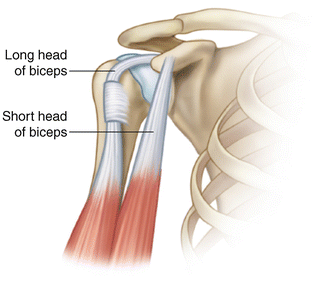
10
New cards
Yergason’s test (Internal Rotation)
injured side elbow flexion 90% pronation and next to body, then ask to supinate and resist movement while you palpate biceps tendon, positive sign is feeling the subluxation?? hold bottom of humerus from back and external rotate shoulder while they resist, if biceps tendon was gonna sublux would cause it to sublux
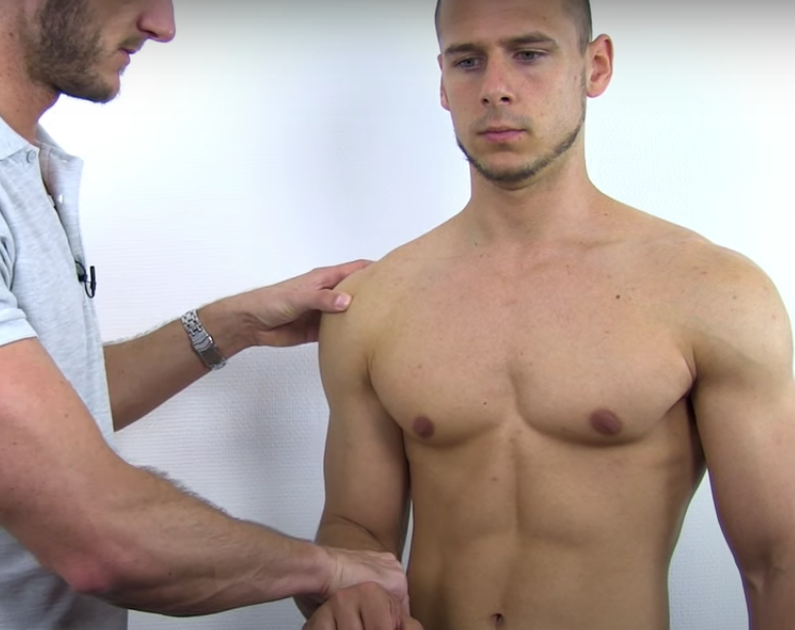
11
New cards
Speed’s test
arm in flexion, supinated, press down but tell them to resist, would be a sharp pain if positive
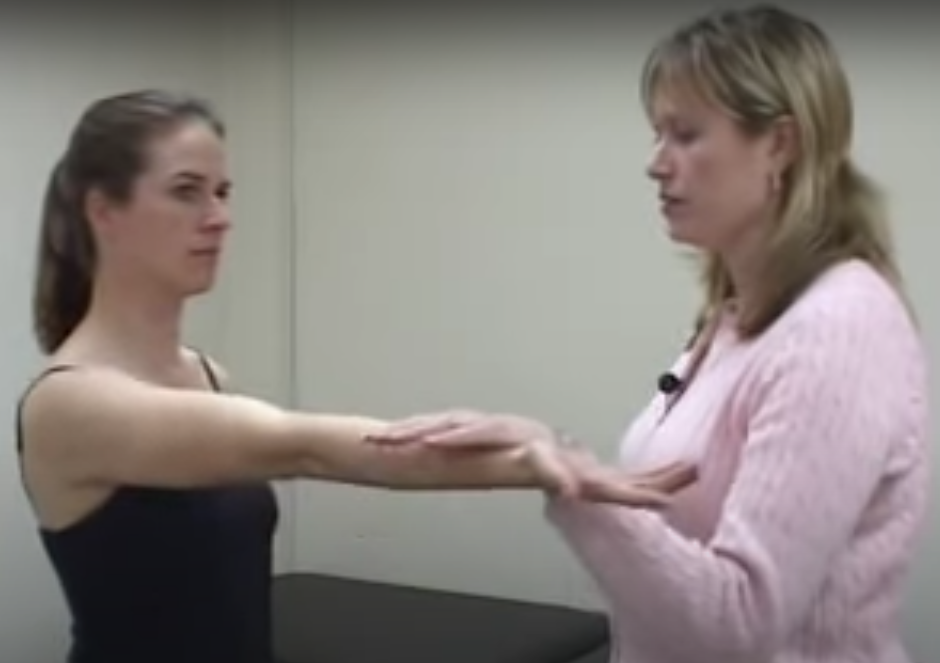
12
New cards
Tests for tears of the rotator cuff tendon
drop arm test, empty can test (Jobe Test)
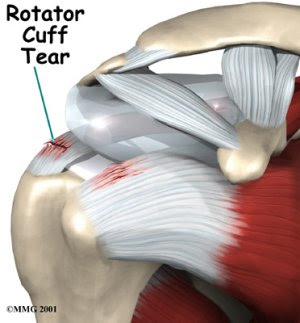
13
New cards
drop arm test
Arm straight out to their side, external rotation, support arm and tell them you'll let go and try not to drop it, second level drop slowly, positive sign is dropping it
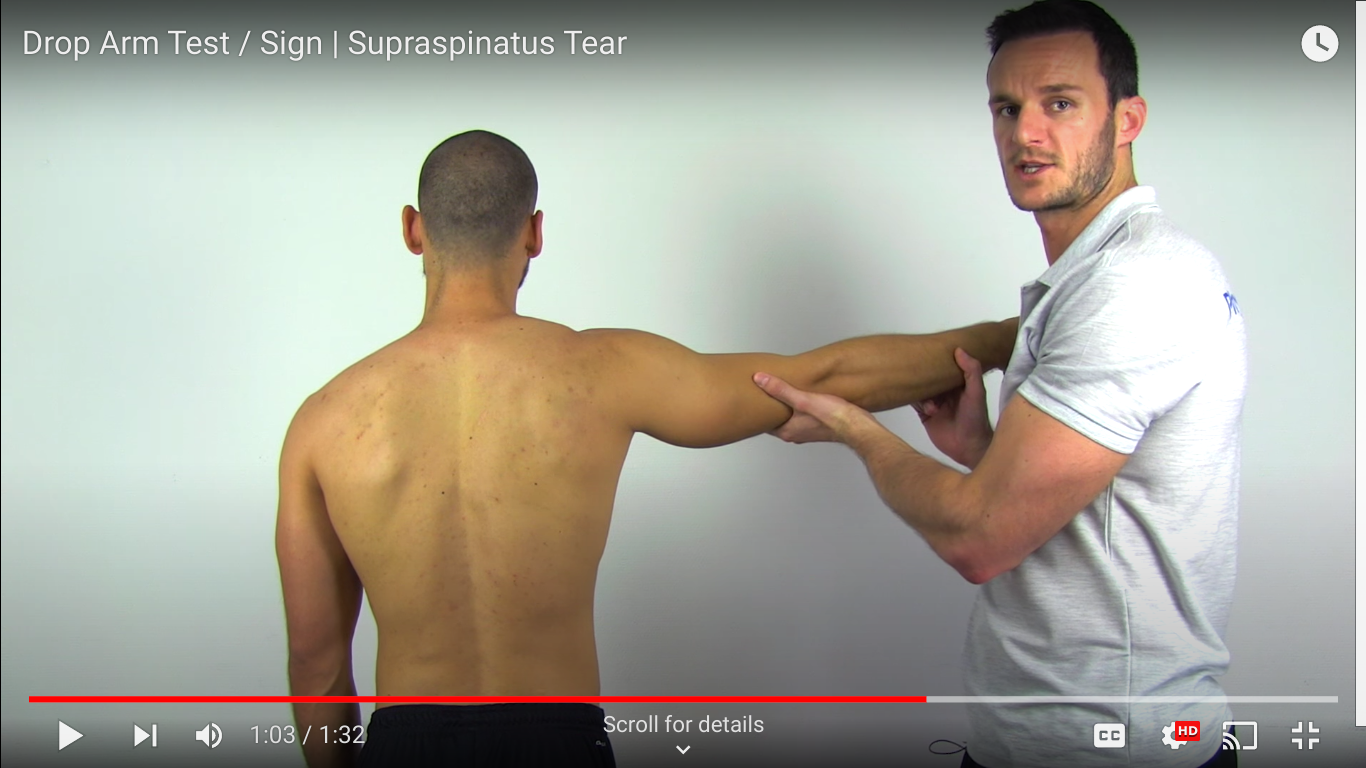
14
New cards
empty can test (jobe test)
Arms out(not straight front or side, mid between), move arm down to internal rotation like emptying a can, Then push down and have them resist, Torn supraspinatus arm would come down, positive sign is arm dropping
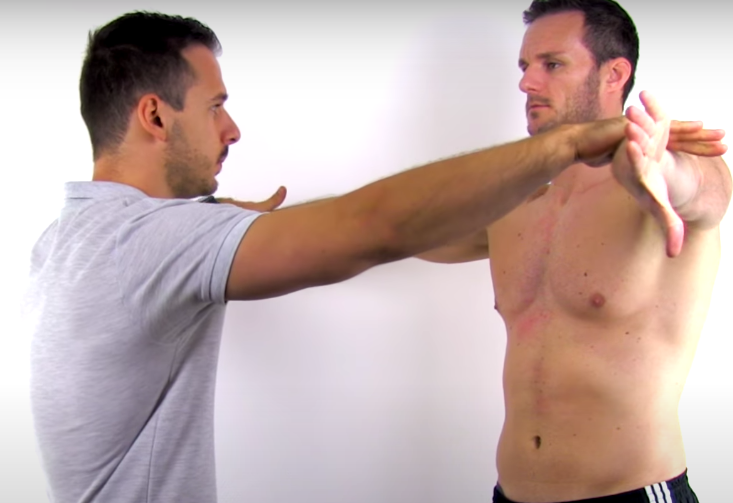
15
New cards
Tests for glenohumeral instability (if history hints at shoulder dislocation)
apprehension (crank) test, load and shift test, sulcus test
16
New cards
apprehension (crank) test
elbow abduction and external rotation, positive sign is a pained face since basically recreating the injury moment, don’t tell them that though!
17
New cards
load and shift test
seated position, arm supported on pillow, shoulder slightly abducted, elbow flexion 90%, load shoulder into glenoid fossa. hold arm, press humeral head into glenoid fossa,normal movement up to 25%, grade 1 laxity up to 50%, grade 2 over 50%, positive sign is excessive movement
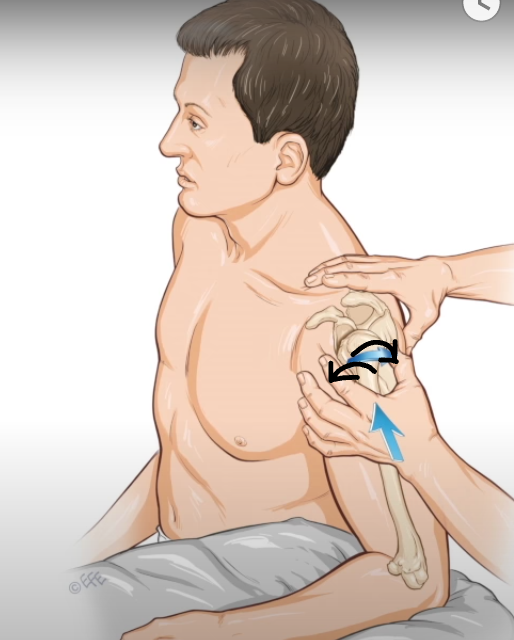
18
New cards
sulcus test
\
be able to see shoulder, pull down on arm and try to see a gap b/w head of humerus and acromion, positive sign is a sulcus(narrow hole-like, groove)
be able to see shoulder, pull down on arm and try to see a gap b/w head of humerus and acromion, positive sign is a sulcus(narrow hole-like, groove)
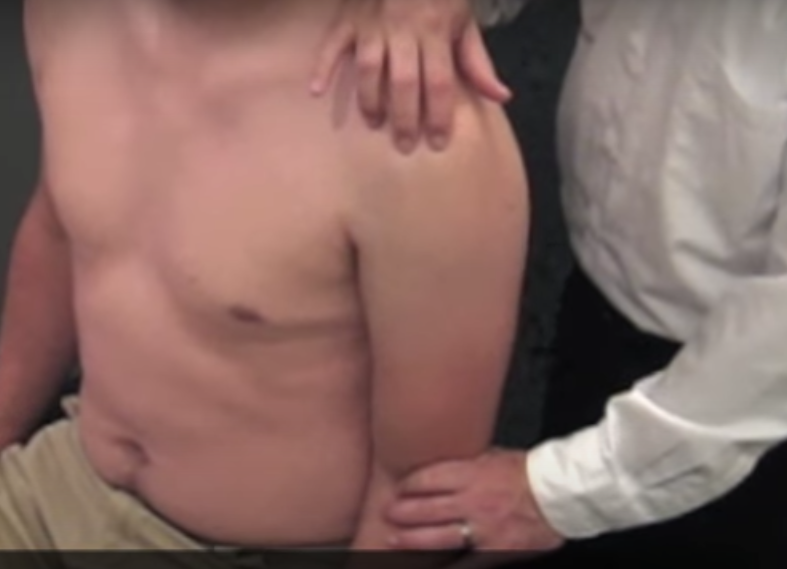
19
New cards
Test for winging scapula
pushup against the wall, scapula move inwards toward spine, a little out when pushing back up, but there should be no lift of medial border, which is a positive sign
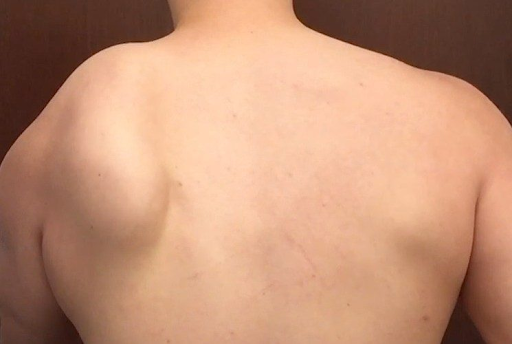
20
New cards
Tests for thoracic outlet syndrome
Adson’s test (Anterior scalene syndrome), Allen test (Hyperabduction syndrome), Eden’s test/Military brace test (Costoclavicular syndrome)
21
New cards
Adson’s test for anterior scalene syndrome(There are scalene muscles from upper cervical to upper ribs, blood vessels go b/w those muscles, compressed nerves and stuff)
* Seated patient
* Find pulse
* Extend arm
* Chin up
* Turn head toward us
* Take breath and hold
* Feel for pulse to check if there’s still a pulse
* Loss of pulse is positive sign
* Find pulse
* Extend arm
* Chin up
* Turn head toward us
* Take breath and hold
* Feel for pulse to check if there’s still a pulse
* Loss of pulse is positive sign
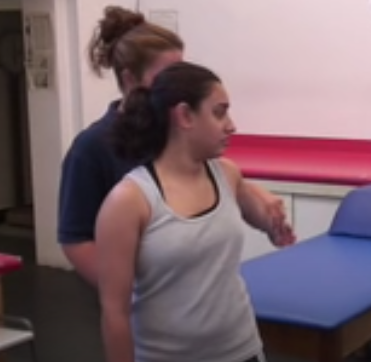
22
New cards
Allen test for hyperabduction syndrome(pectoralis minor compressing)
* Take pulse
* Elbow flex 90
* Horizontal abduct
* external rotate shoulder
* Head opposite way
* Take pulse
* Loss of pulse is positive sign
* Elbow flex 90
* Horizontal abduct
* external rotate shoulder
* Head opposite way
* Take pulse
* Loss of pulse is positive sign
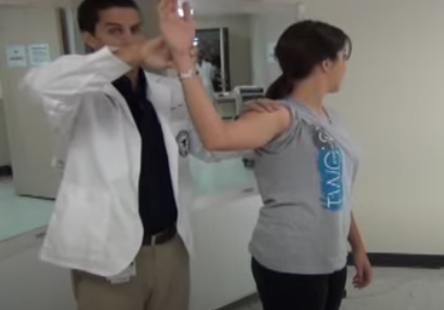
23
New cards
Eden’s test/Military brace test for costoclavicular syndrome(rib and clavicle space)
* Standing patient
* Take pulse
* Retract shoulders, pull shoulder back
* Abduct arm and extend
* Look opposite way
* Loss of pulse is positive sign
* Take pulse
* Retract shoulders, pull shoulder back
* Abduct arm and extend
* Look opposite way
* Loss of pulse is positive sign